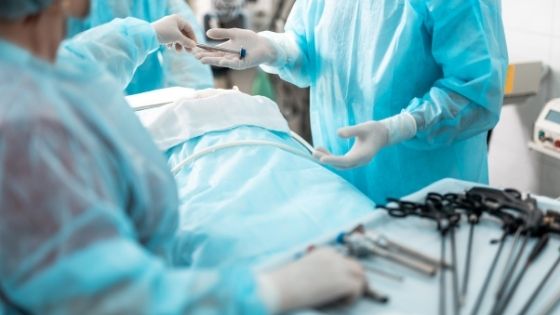As a nurse or doctor, it’s important to know how to position your patient before their operation. A successful procedure relies on a position that’s comfortable for the patient and accessible for the doctor. To determine the best position for your patient, you must first consider the type of operation, how long it will take, what kind of IV access you need, and other details of the procedure. Proper positioning helps to prevent complications and makes a long surgery more comfortable for the professionals involved. Make sure your patients are in good hands with this guide on the different positions for patient procedures.
Fowler’s
Fowler’s position, also known as a sitting position, has the patient reclining on a bed at various elevations. Varieties of this position include low Fowler’s, where the head of the bed sits at 15 to30 degrees, semi-Fowler’s with an elevation of 30 to 45 degrees, and high Fowler’s, which has the patient sitting nearly vertically. Fowler’s position is useful for head, chest, and shoulder surgeries.
Supine
Many medical professionals consider the supine position to be the most natural of the different positions for patient procedures. Supine has a patient lying on their back. Legs might remain extended or slightly bent. Similarly, arms may be tucked by the patient’s sides, secured across their torso, or strapped onto padded arm boards. The supine position grants access to a patient’s face, torso, and extremities, making it useful for cardiac and abdominal procedures as well as many general exams.
Trendelenburg
The Trendelenburg position is similar to the supine position, except you tilt the bed so that the patient’s head is lower than their body while their feet are higher. Medical professionals often use this position for gynecological and lower abdominal surgeries. A variation known as the Reverse Trendelenburg position elevates the head and lowers the foot of the bed. The Reverse Trendelenburg is effective for gastrointestinal operations. When using either of these positions, it’s important to secure the patient to the bed to prevent sliding.
With the right knowledge and equipment, you can ensure your patients are comfortable throughout any procedure. Equip your facility with the highest quality vascular tables, exam chairs, and more by visiting Medical Positioning today.

